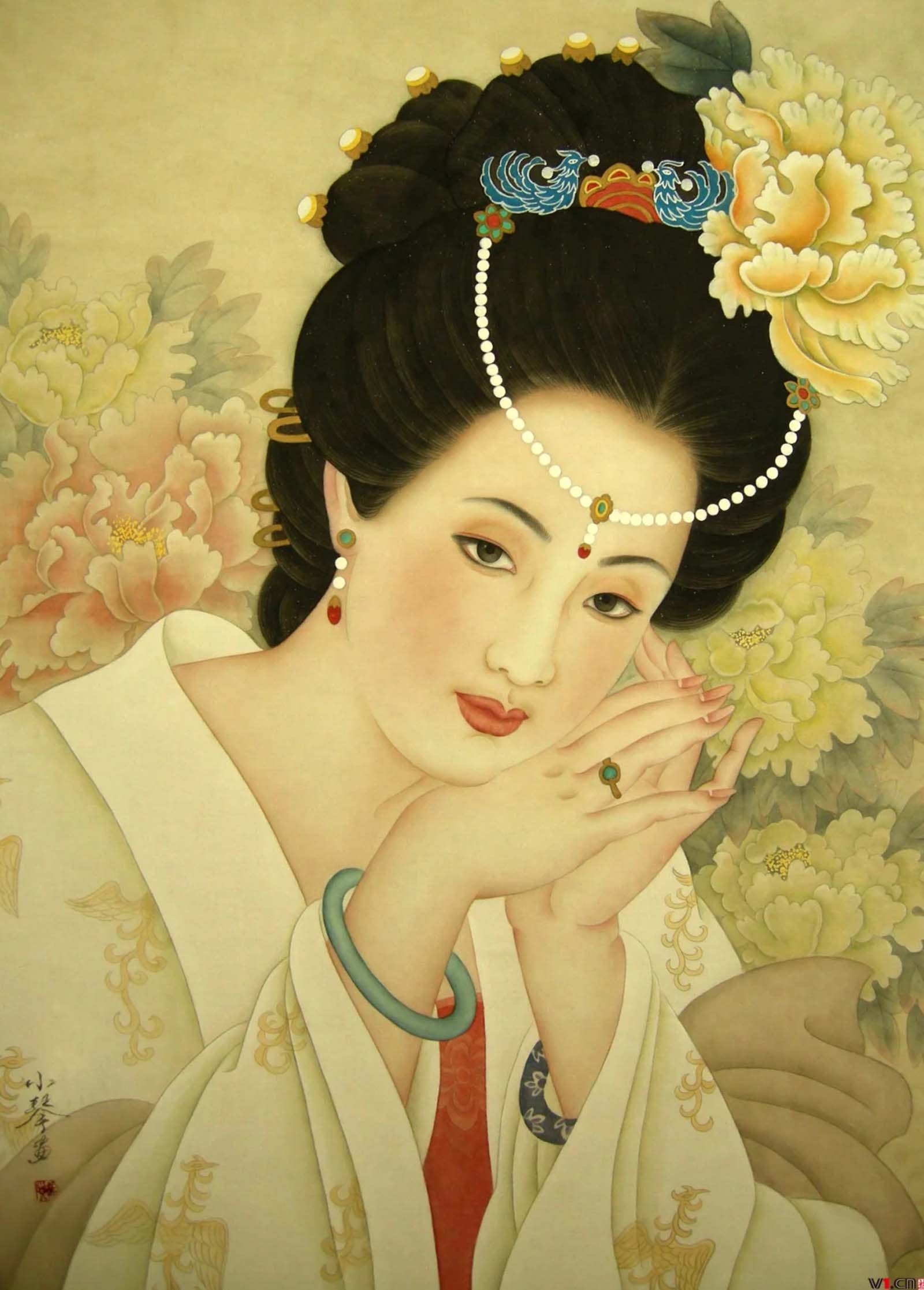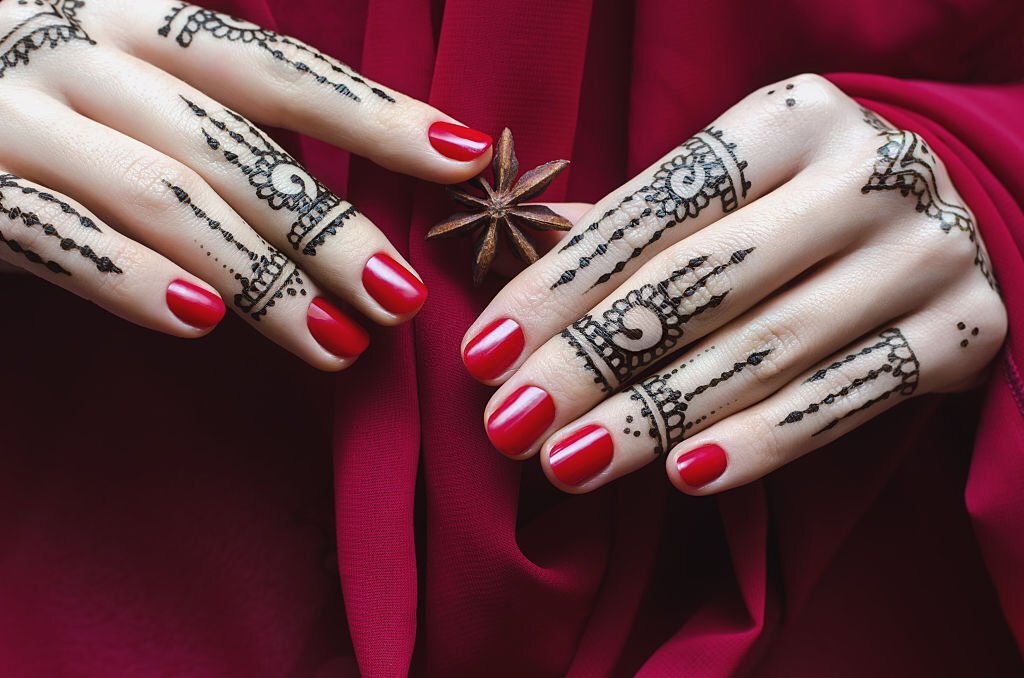Introduction

Nail polish has become a staple in the beauty industry, allowing individuals to express their personal style and enhance their overall appearance. The history of nail polish dates back thousands of years, with its origins traced to ancient civilizations such as China and Egypt. Over time, nail colorants have evolved, with innovative techniques and ingredients being utilized to create a wide range of colors and finishes. The invention and popularization of nail polish have played a significant role in fashion and beauty trends, making it an indispensable accessory for many individuals today. Understanding the origins of nail polish provides insights into its enduring popularity and cultural significance.
History And Importance Of Nail Polish
Nail polish has a rich history that dates back thousands of years. Initially worn by the rulers and elite of ancient China as a symbol of their status, nail polish has evolved to become an essential beauty accessory for people across the world. Its vibrant colors and finishes allow individuals to express their personal style and enhance their overall appearance. In addition to its aesthetic value, nail polish also symbolizes self-care and attention to detail. It has become a key element in fashion and beauty trends, making it an indispensable part of many individuals’ grooming routines.
The Evolution Of Nail Colorants
Over the years, nail colorants have undergone a remarkable evolution. From their humble origins in ancient civilizations to the modern nail polishes available today, the variety and quality of nail colorants have vastly improved. With advancements in technology and the introduction of new chemical formulations, nail polishes now offer a wide range of vibrant colors, long-lasting finishes, and innovative effects. From classic shades to trendy metallics and dazzling glitters, nail colorants have become a staple in the beauty industry, allowing individuals to express their personal style and add a touch of flair to their nails.
Ancient Origins
Nail colorants have a rich history dating back to ancient civilizations. In China, as early as 3000 BC, nail polish emerged as a way to beautify nails. Ingredients such as beeswax, egg whites, gelatin, and vegetable dyes were used to create vibrant colors. Similarly, in ancient Egypt, nail coloring was also popular. Henna and other natural pigments were utilized to dye nails. These practices not only added aesthetic appeal but also held cultural significance. The ancient origins of nail colorants laid the foundation for their continued use and evolution throughout history.
Early Uses Of Nail Colorants In Ancient Civilizations
In ancient civilizations such as China and Egypt, nail colorants were used as early as 3000 BC to beautify nails. The vibrant colors created using ingredients like beeswax, egg whites, gelatin, and vegetable dyes added a touch of luxury and elegance to the rulers and high society individuals who wore them. These early forms of nail polish held cultural significance, symbolizing wealth and power. The use of nail colorants in ancient civilizations laid the foundation for the evolution and continued popularity of nail polish throughout history.
Natural Ingredients And Techniques
During ancient times, nail colorants were created using natural ingredients and techniques. In China, ingredients such as beeswax, egg whites, gelatin, and vegetable dyes were blended to create vibrant colors. In Egypt, henna was used to stain the nails in various shades. These natural ingredients were sourced from the environment and were mixed using traditional techniques. The application process involved using small brushes or sticks to carefully paint the nails. These natural ingredients and techniques showcased the ingenuity and resourcefulness of ancient civilizations in beautifying their nails.
Nail Polish In The Middle Ages
During the Middle Ages, nail polish became an integral part of fashion and beauty trends. Wealthy individuals adorned their nails with vibrant colors to showcase their social status. Nail polish was made using a variety of ingredients such as natural dyes, crushed flowers, and even crushed gems. The application process involved using small brushes made from animal hair. Nail care was also emphasized during this time, with the invention of nail files and the practice of shaping and buffing nails. Nail polish in the Middle Ages marked a significant shift in nail adornment and set the stage for further innovations in the future.
The Rise Of Nail Colors During The Medieval Period
During the Medieval period, nail colors became increasingly popular and were seen as a symbol of wealth and social status. Wealthy individuals adorned their nails with vibrant colors, using natural dyes, crushed flowers, and even crushed gems to create beautiful hues. The application process involved using small brushes made from animal hair. Nail care also became important, with the invention of nail files and the practice of shaping and buffing nails. Nail polish in the Middle Ages marked a significant shift in nail adornment, setting the stage for further innovations in the future.
Nail Care And Fashion Trends
During the Medieval period, nail care became an important aspect of personal grooming. In addition to painting their nails with vibrant colors, individuals paid attention to maintaining the overall health and appearance of their nails. Nail files were invented to shape and smooth the nails, while buffing techniques were used to create a glossy shine. The length and shape of nails also became indicators of social status and fashion trends. From long, pointed nails to short, rounded ones, nail fashion evolved over time, reflecting the changing tastes and ideals of society.
Modern Innovations

Modern Innovations in nail polish have revolutionized the beauty industry. In the 19th century, the development of modern nail polish began with the introduction of a colored enamel that was applied to the nails. This innovation made it easier to achieve vibrant and long-lasting nail colors. As time went on, chemical advancements led to the creation of various formulas, including quick-drying polishes and gel-based ones. Commercial production also became more widespread, making nail polish accessible to a larger audience. Today, nail polish continues to evolve with new technologies and trends, offering endless possibilities for creative and fashionable nail looks.
The Role Of The 19th-century In The Development Of Modern Nail Polish
In the 19th century, the development of modern nail polish took a significant leap forward. A colored enamel was introduced, which made it easier to achieve vibrant and long-lasting nail colors. This innovation revolutionized the beauty industry and paved the way for various formulas and finishes. Chemical advancements during this time also led to the creation of quick-drying polishes and gel-based formulas. The 19th century saw the commercial production of nail polish become more widespread, making it accessible to a larger audience and setting the stage for the endless possibilities of creative and fashionable nail looks we know today.
Chemical Advancements And Commercial Production
During the 19th century, significant chemical advancements were made in the field of nail polish. These advancements led to the creation of quick-drying formulas and gel-based polishes, making it easier and more convenient to achieve beautiful and long-lasting nail colors. Additionally, the commercial production of nail polish became more widespread during this time, making it accessible to a larger audience. This increase in production and availability paved the way for the nail polish industry to flourish and allowed for the development of a wide range of colors, formulas, and finishes that we enjoy today.
Key Contributors
Several individuals have played significant roles in the invention and popularization of nail polish. One notable person is Charles L. Revson, the founder of Revlon, who introduced the concept of matching nail polish to lipstick colors. He revolutionized the nail industry by creating a wide range of nail polish shades and innovative formulas. Another key contributor is Michelle Menard, who invented the first nail polish that contained a gel base, leading to the development of long-lasting gel manicures. These contributors have greatly influenced the nail industry and have left a lasting impact on contemporary beauty trends.
Prominent Individuals In The Invention And Popularization Of Nail Polish
Prominent individuals have played a significant role in the invention and popularization of nail polish. One notable figure is Charles L. Revson, the founder of Revlon, who revolutionized the nail industry by introducing the concept of matching nail polish to lipstick colors. Another influential figure is Michelle Menard, who invented the first nail polish with a gel base, leading to the development of long-lasting gel manicures. Their contributions have greatly influenced the nail industry, with Revlon offering a wide range of nail polish shades and innovative formulas, and gel manicures becoming a popular choice for long-lasting, chip-resistant nails.
Their Contributions To The Nail Industry
Prominent individuals in the invention and popularization of nail polish, such as Charles L. Revson and Michelle Menard, have made significant contributions to the nail industry. Revson’s introduction of matching nail polish to lipstick colors revolutionized the industry, offering consumers a coordinated look. Menard’s invention of the first gel-based nail polish led to the development of long-lasting gel manicures, providing a chip-resistant alternative to traditional polish. These innovations have had a lasting impact, with Revlon offering a wide range of nail polish shades and formulations, and gel manicures becoming a popular choice for those seeking durable and flawless nails.
Conclusion
In conclusion, the history of nail polish traces back thousands of years, with its origins in ancient civilizations and its evolution through the Middle Ages to its modern form. The invention of nail polish by Northam Warren in 1916 revolutionized the beauty industry and paved the way for the vibrant and diverse nail colors we enjoy today. The contributions of individuals like Warren and other innovators have had a lasting impact on the nail industry, shaping beauty trends and providing countless options for self-expression and style. Nail polish continues to be a popular and essential accessory, adding a touch of color and confidence to nails all around the world.
Summary Of The Origins Of Nail Polish
The origins of nail polish can be traced back thousands of years, with ancient civilizations like China and Egypt using various natural ingredients for nail coloring. Over time, nail polish evolved and became more popular during the Middle Ages, when it was associated with wealth and status. In the 19th century, advancements in chemical technology led to the development of modern nail polish formulas. The invention of nail polish by Northam Warren in 1916 marked a significant milestone in the cosmetic industry, revolutionizing nail care and fashion trends. Today, nail polish continues to be a widely used beauty accessory, offering endless possibilities for self-expression and style.
Impact And Influence On Contemporary Beauty Trends
Nail polish has had a profound impact on contemporary beauty trends, becoming a staple in the fashion and self-care industry. Its vibrant colors and versatile application techniques have allowed individuals to express their personal style and creativity. Furthermore, nail polish has transcended traditional gender norms, with people of all genders embracing nail art and colorful nails as a form of self-expression. The availability of a wide range of nail polish shades and finishes has made nail art accessible to everyone, leading to a boom in the nail industry and inspiring innovative trends in beauty and fashion.
Who Invented Nail Polish: Frequently Asked Questions
Q: When was nail polish invented?
A: Nail polish, or a similar form of colored cosmetic for nails, dates back to ancient times. Its invention can be traced back to roughly 3000 BCE in China.
Q: Who is credited with inventing modern nail polish?
A: The credit for inventing modern nail polish goes to Michelle Menard, a French makeup artist, who introduced the first modern-day nail polish in the 1920s.
Q: How did the early nail polishes differ from modern-day formulas?
A: Early nail polishes were made using natural ingredients like beeswax, egg whites, and vegetable dyes. These formulas were quite different from the chemical-based, long-lasting polishes we use today.
Q: What were the initial available colors of nail polish?
A: The first nail polishes were primarily available in shades of red and pink. Over time, the color range expanded to include a wide variety of hues and finishes.
Q: Why did nail polish gain popularity?
A: Nail polish gained popularity as it offered a quick and easy way to enhance the appearance of nails. It became a fashionable beauty trend that allowed individuals to express their personal style.
Q: Has the composition of nail polish changed over the years?
A: Yes, the composition of nail polish has evolved significantly over time. Modern nail polishes typically consist of a combination of liquid solvents, resins, plasticizers, and pigments that provide durability and color.
Q: Are there any notable advancements in nail polish technology?
A: Yes, several advancements have been made in nail polish technology. This includes the development of formulas that are chip-resistant, quick-drying, and long-lasting. Additionally, there are now options like gel polish that offer extended wear.
Q: Can you mention some famous nail polish brands?
A: Some well-known nail polish brands include OPI, Essie, Sally Hansen, Revlon, and China Glaze, among others. These brands offer a wide range of colors, finishes, and innovative formulas.
Q: Can men wear nail polish too?
A: Absolutely! Nail polish is not limited to any gender. Men can experiment with nail polish and use it as a form of self-expression, just like women.
Q: Any tips for applying nail polish effectively?
A: To apply nail polish effectively, make sure to start with clean and trimmed nails. Apply a base coat to protect your nails, followed by two coats of your desired color, allowing each coat to dry before applying the next. Finish with a topcoat for longevity and shine.
Q: How can I remove nail polish?
A: Nail polish can be removed using nail polish remover. Soak a cotton ball or pad with the remover, apply it to your nails, and gently rub until the polish is removed. Make sure to moisturize your nails afterward to keep them healthy.
Remember, while the suggestions and information provided here are accurate to the best of our knowledge, it’s always beneficial to consult additional sources for further research.

I am proud to offer non-toxic beauty options. The gel polishes I offer are “9-Free”, free of nine of the most commonly found allergens and toxic chemicals in nail polish, and cruelty-free, vegan, and HEMA-free. The nail lacquers I offer range between “7-Free” and “16+-Free” and are also cruelty-free and vegan.